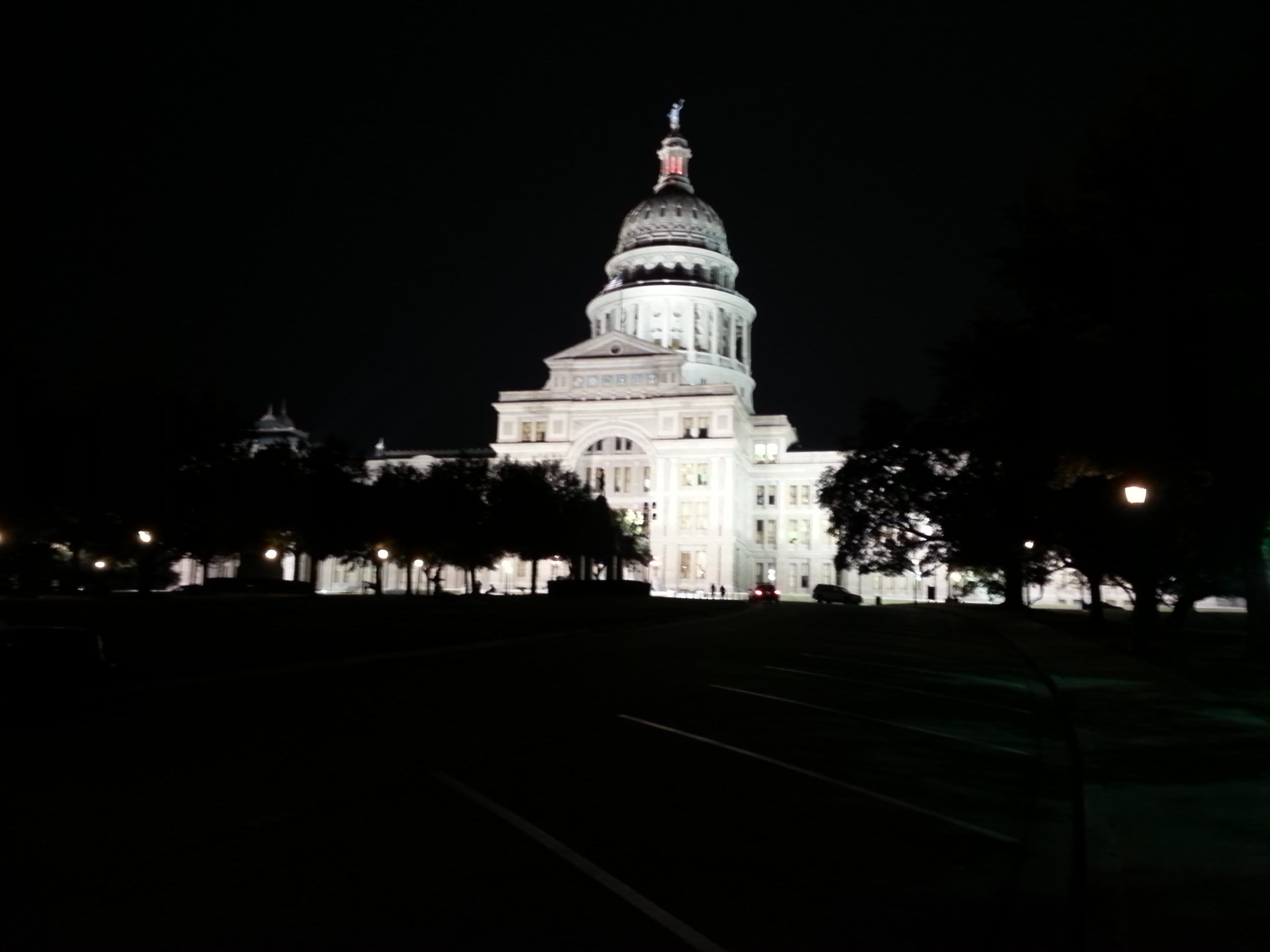2015 Industrial and Commercial Water Reuse Conference
As mentioned in my previous post, I had the privilege to attend a conference on water reuse in Austin, Texas last week. The travel to get there and home was more "adventurous" than I would have preferred (contributing to the lateness of this post), but the conference itself was good.
The 2015 Industrial and Commercial Water Reuse Conference was held in Austin, Texas from February 1 – 3, 2015.
The conference organizers had some good networking events, in my opinion. There was a BBQ dinner at Stubb's one evening and "table topic discussions" over bagged lunches the next day. Each table had a discussion theme and a facilitator; attendees got to pick a table to sit and join in a guided discussion on a theme related to water reuse. For example, I sat at a table where the discussion was around water reuse in the food and beverage industry.
Out of the technical sessions I attended, there were a couple that I found to be really informative and interesting. The first one was titled "Facts to Consider for Process Water Reuse in Food Plants" by Al Goodman. The second was a panel discussion on "The Business Case for Water Reuse".
Here are a few of the things I learned from these and other presentations:
- The treatment needs to be matched to the reuse application; for example cooling tower make-up water has different quality requirements from water used for cleaning equipment in contact with the final product.
- Permitting for water reuse facilities can be complicated due to the question of whether they count as water treatment systems or wastewater treatment systems for regulatory purposes.
- Upstream segregation of streams that are harder (sanitary) or easier (cooling water) to treat for reuse is a good idea.
- Decentralized reuse (i.e. at single or neighbouring industrial facilities rather than via public collection, treatment and re-distribution systems) because you can match a specific waste stream to a specific reuse application.
- The business case for reusing treated wastewater should look further than simply the savings in a plant's water bill. Another key consideration is future availability of water. During droughts, industrial water users may face curtailment of their supply, so the value of water should be seen as not just its "face-value" price, but also its "shadow price"—the financial burden the company would face if water shortages forced cut-backs in production (or, more positively, the added value of being able to expand production if additional water supply was available). Alternatively, water reuse can be seen as a form of insurance against shortages, wherein a company can control some risks by managing a portion of its water supply internally.
While I was there, I walked around downtown Austin one evening. This is the Texas State Capitol lit up at night:
